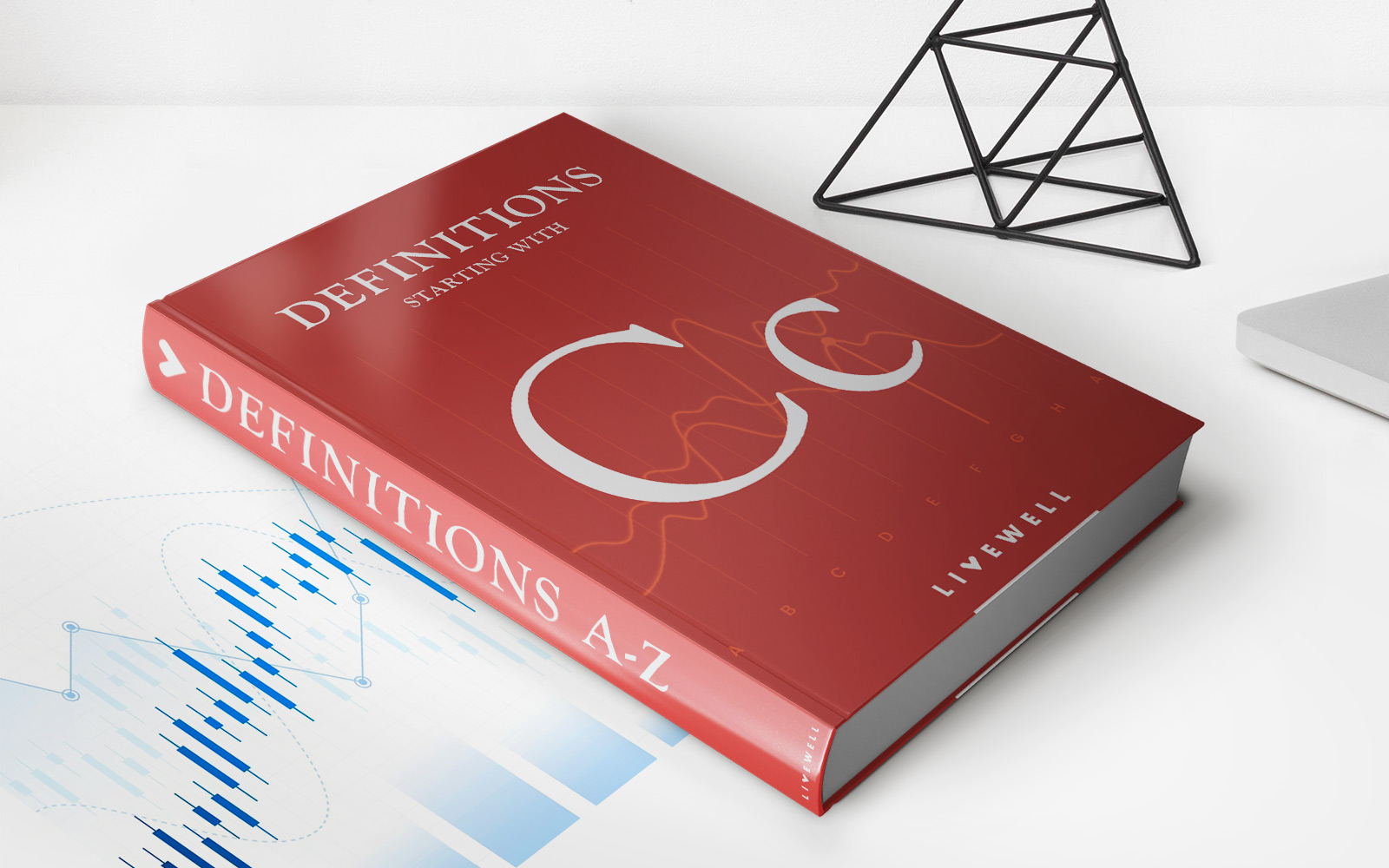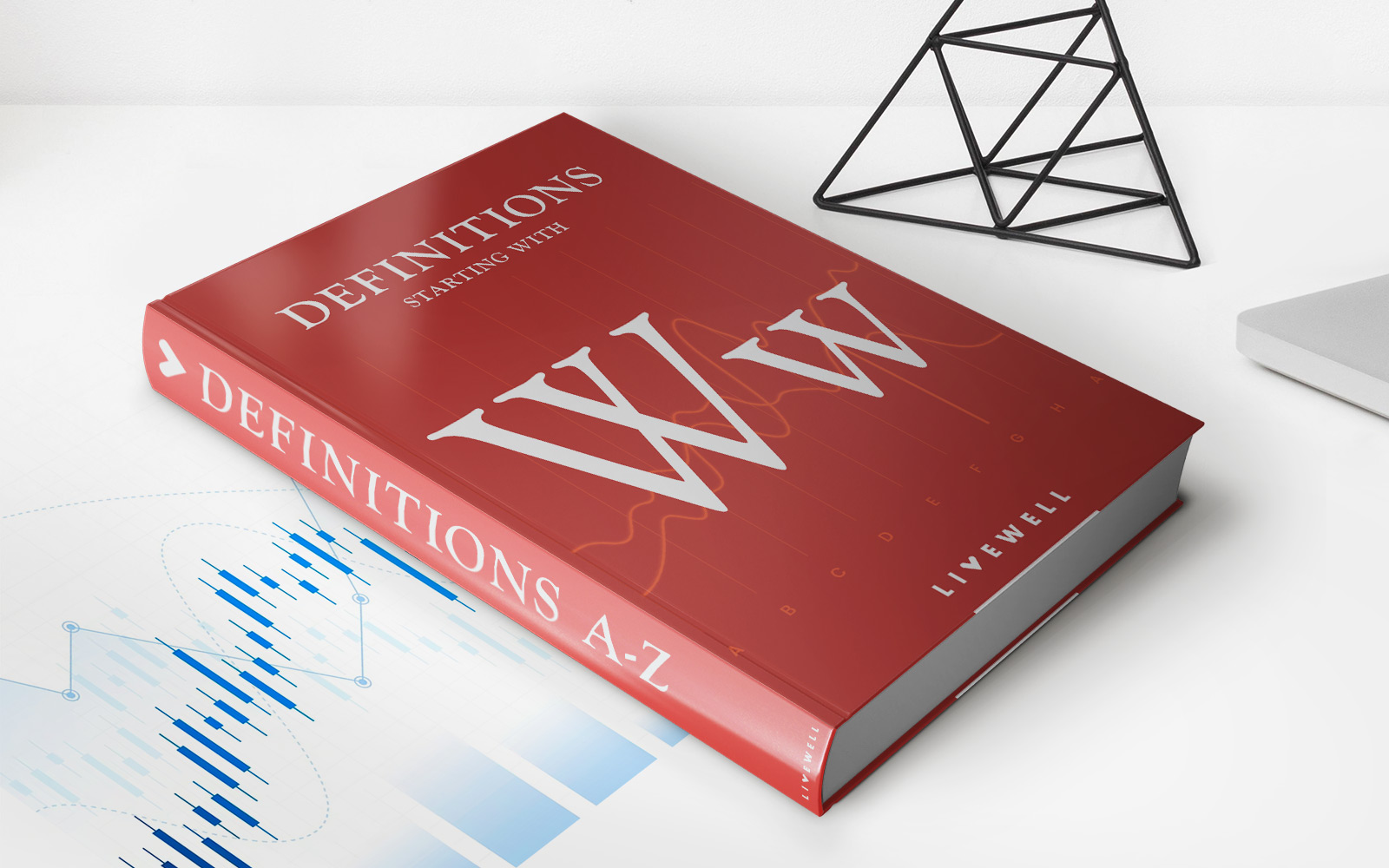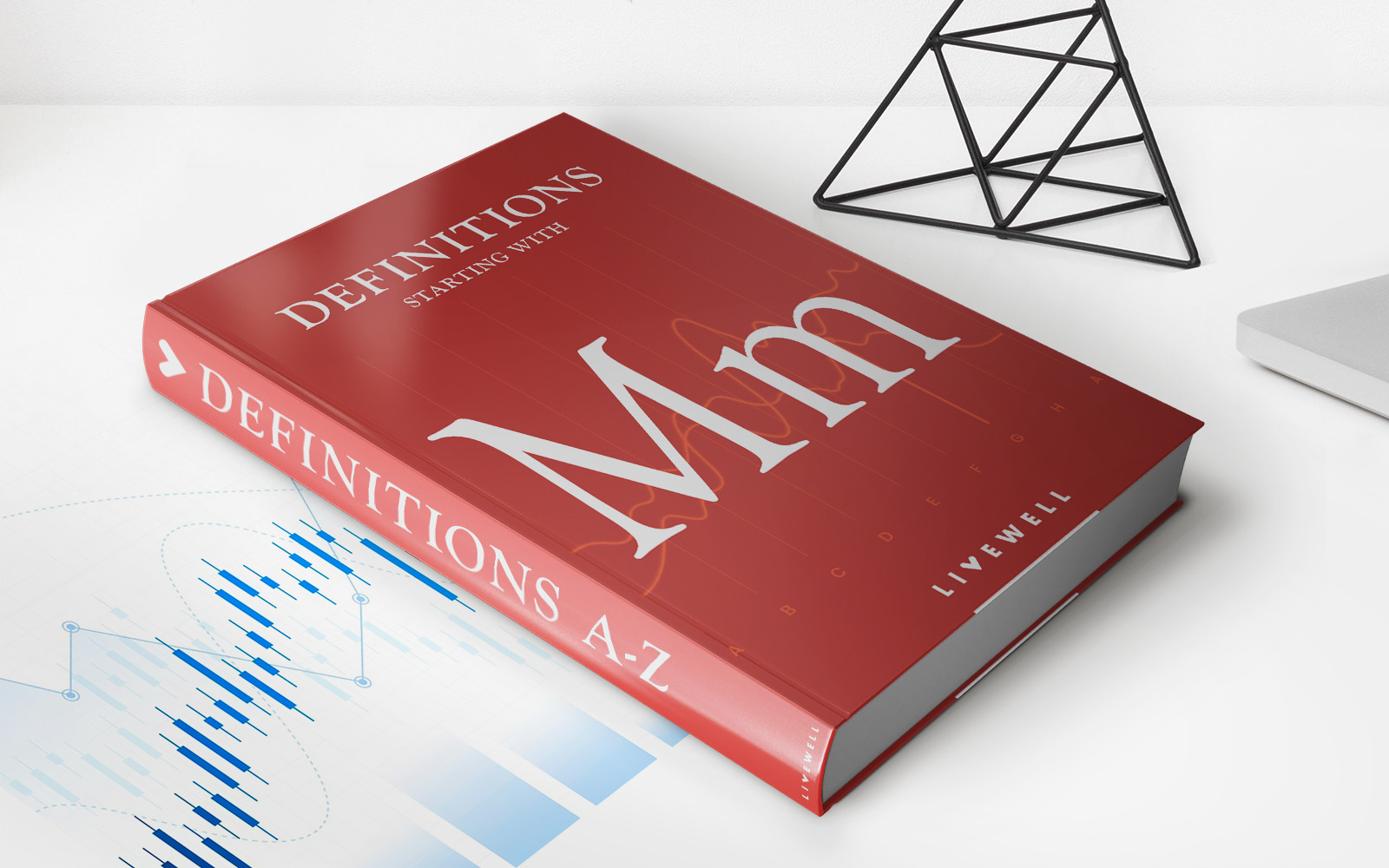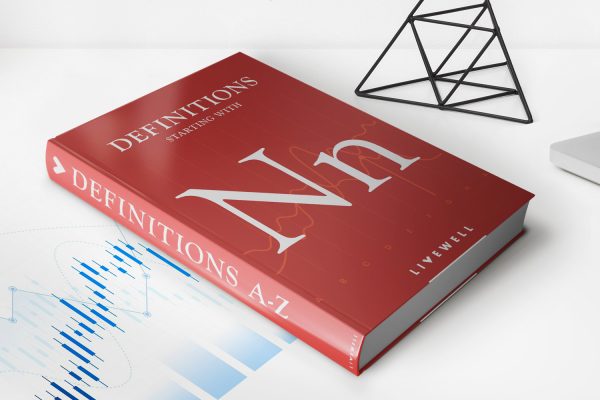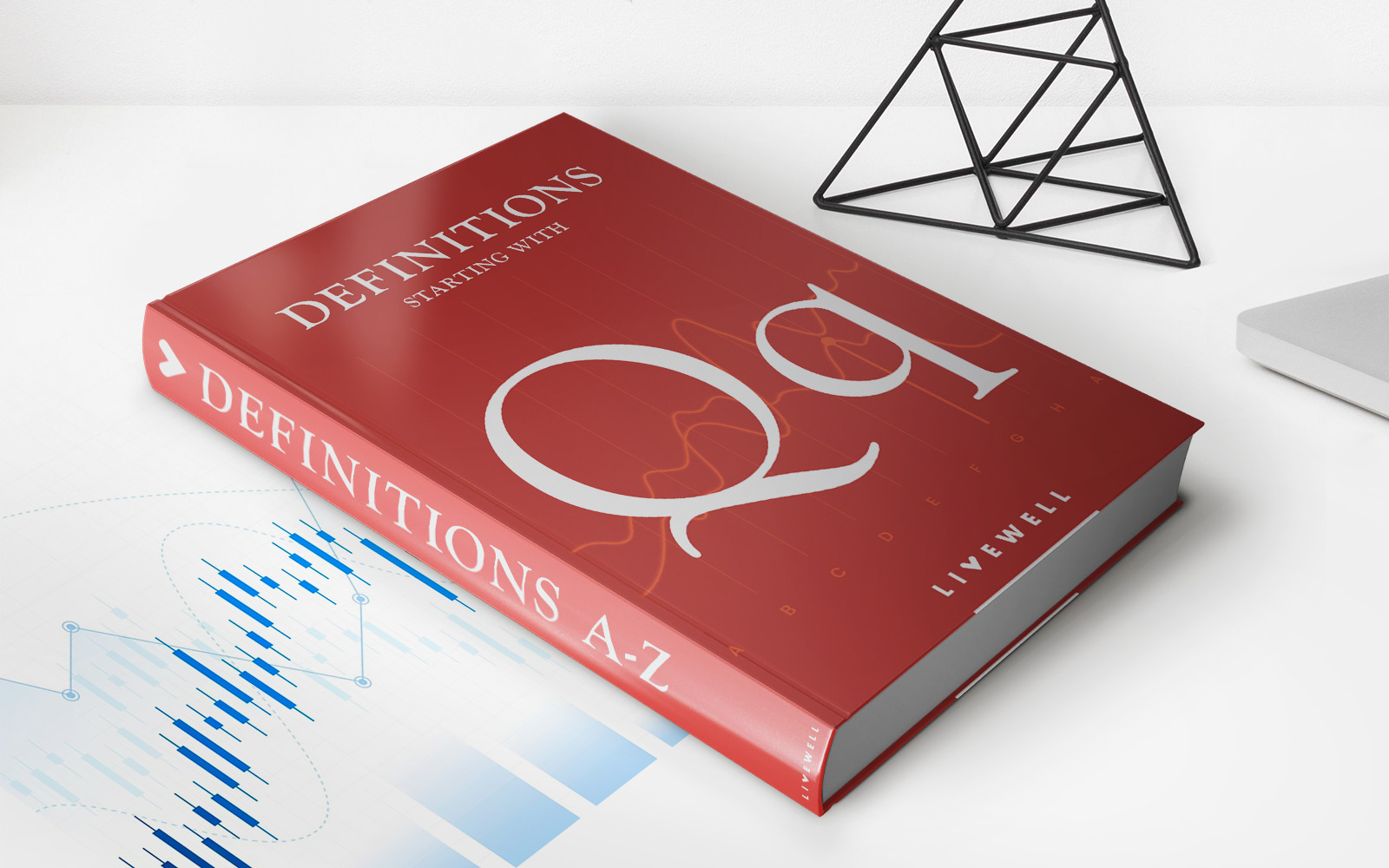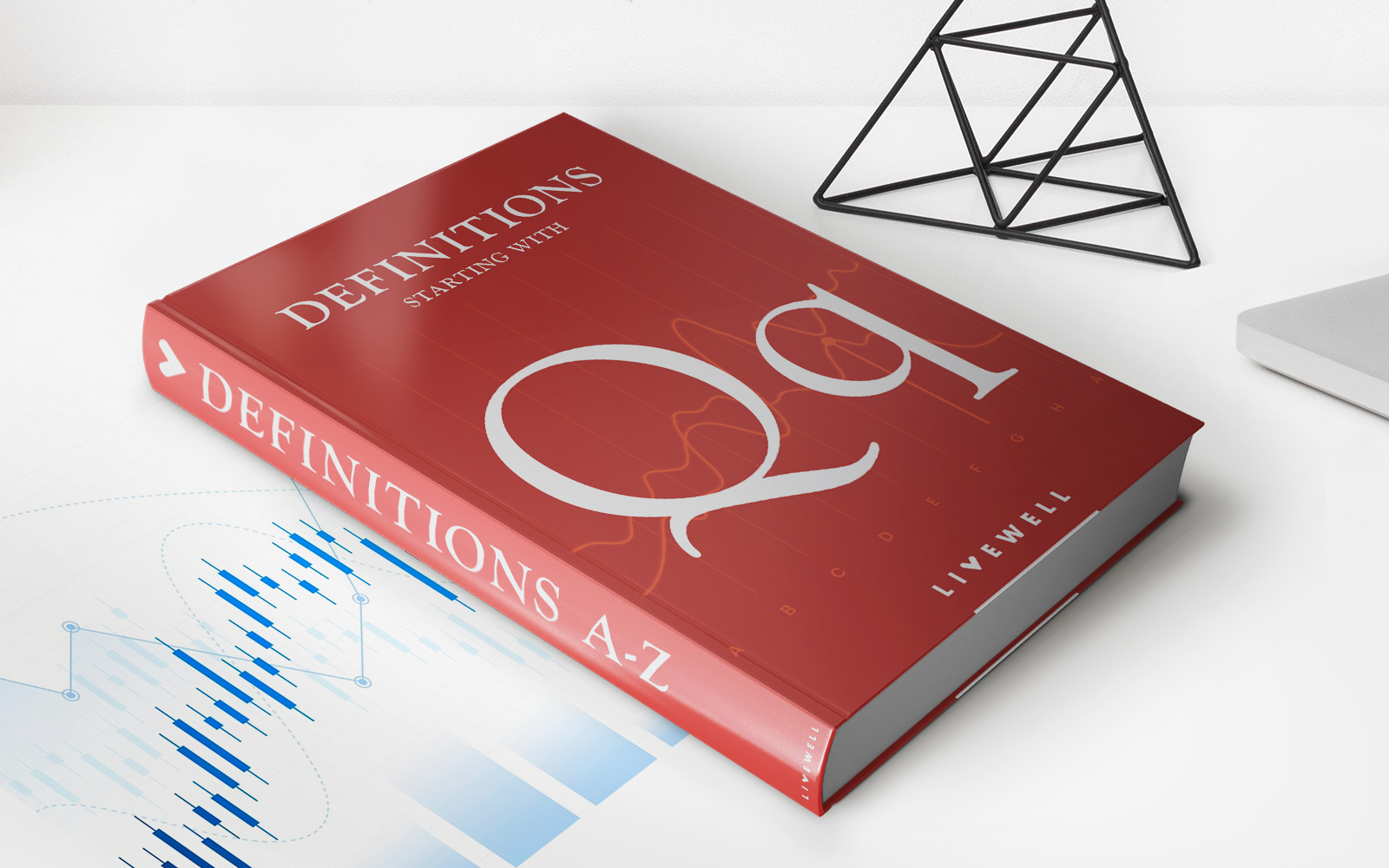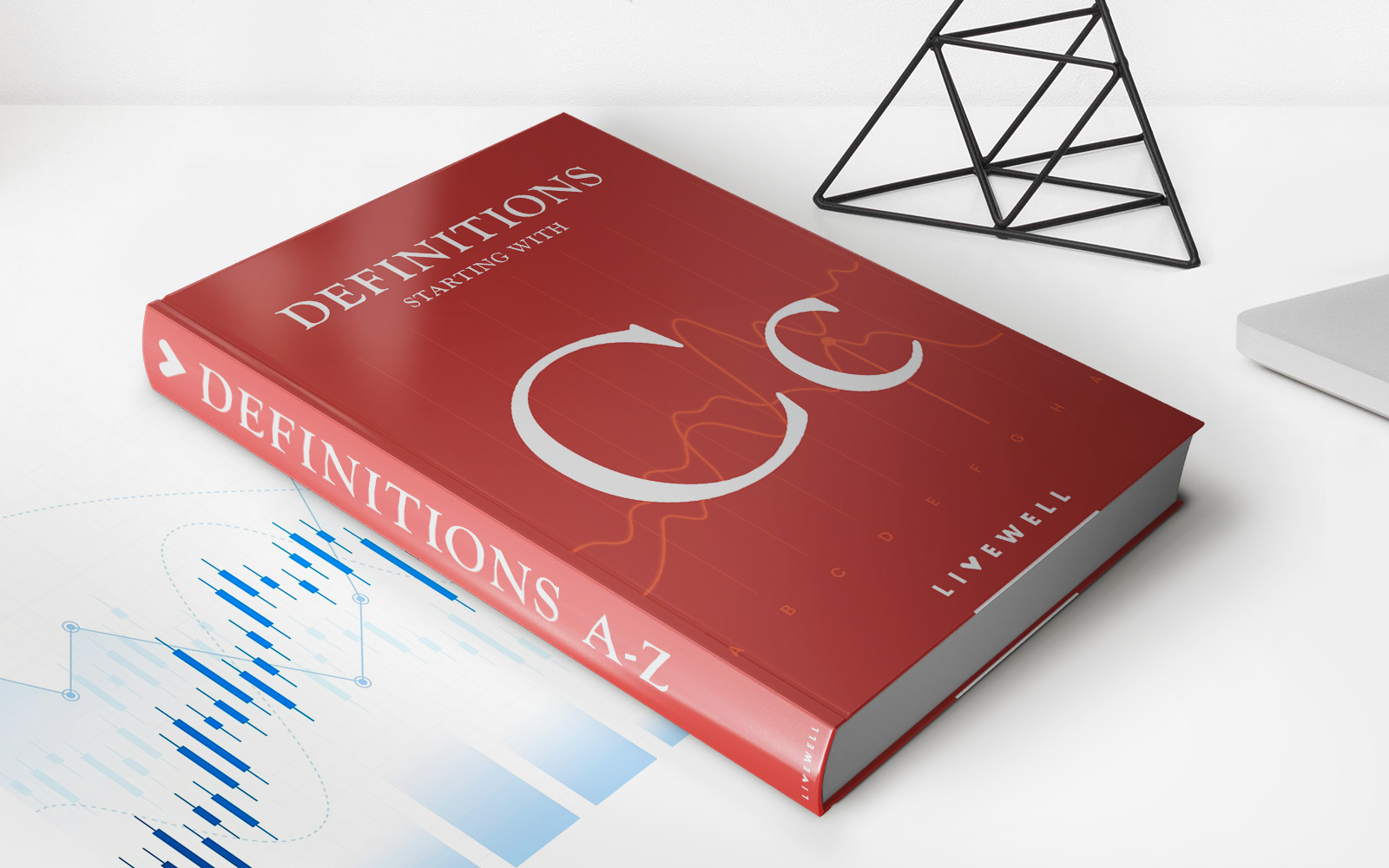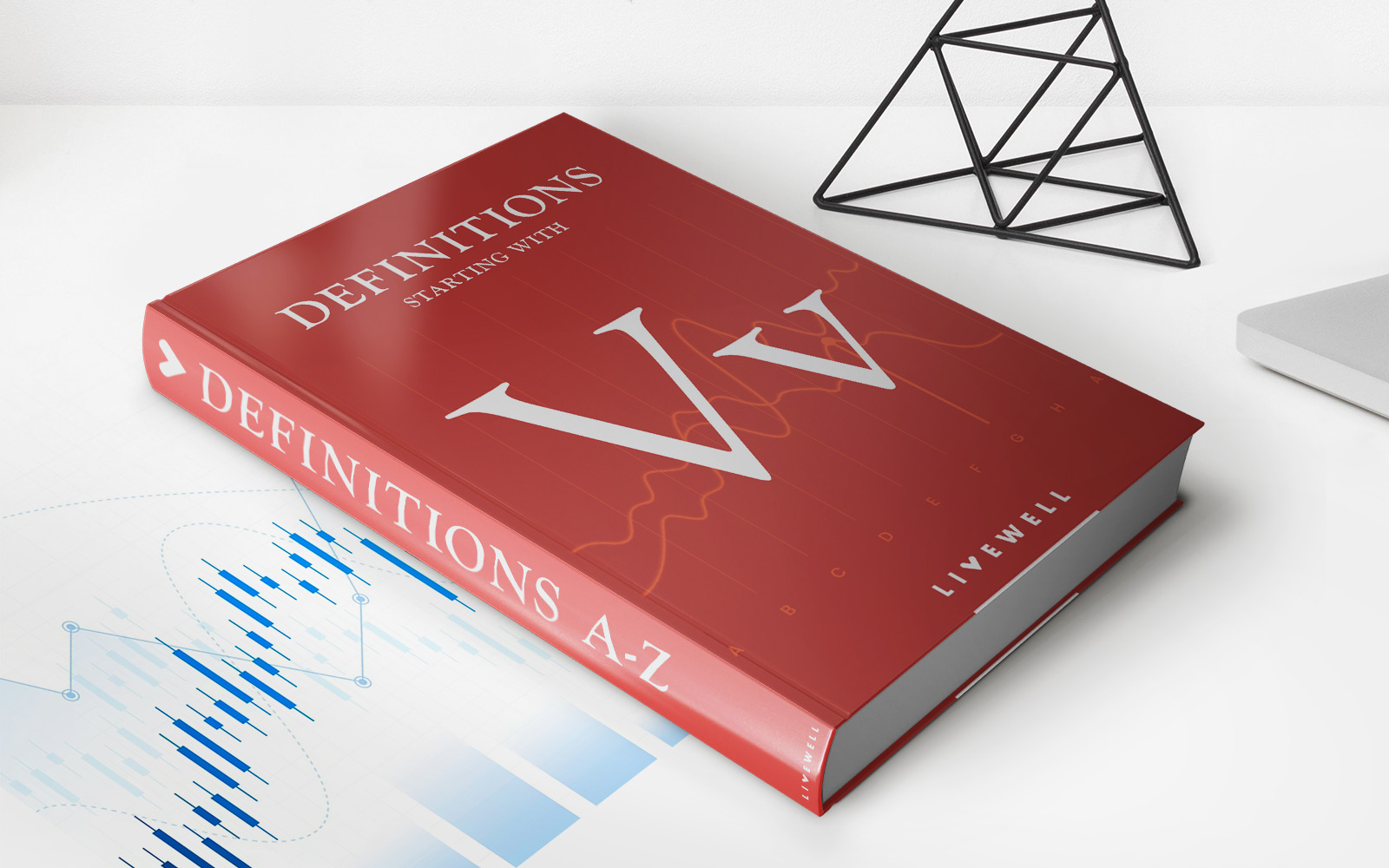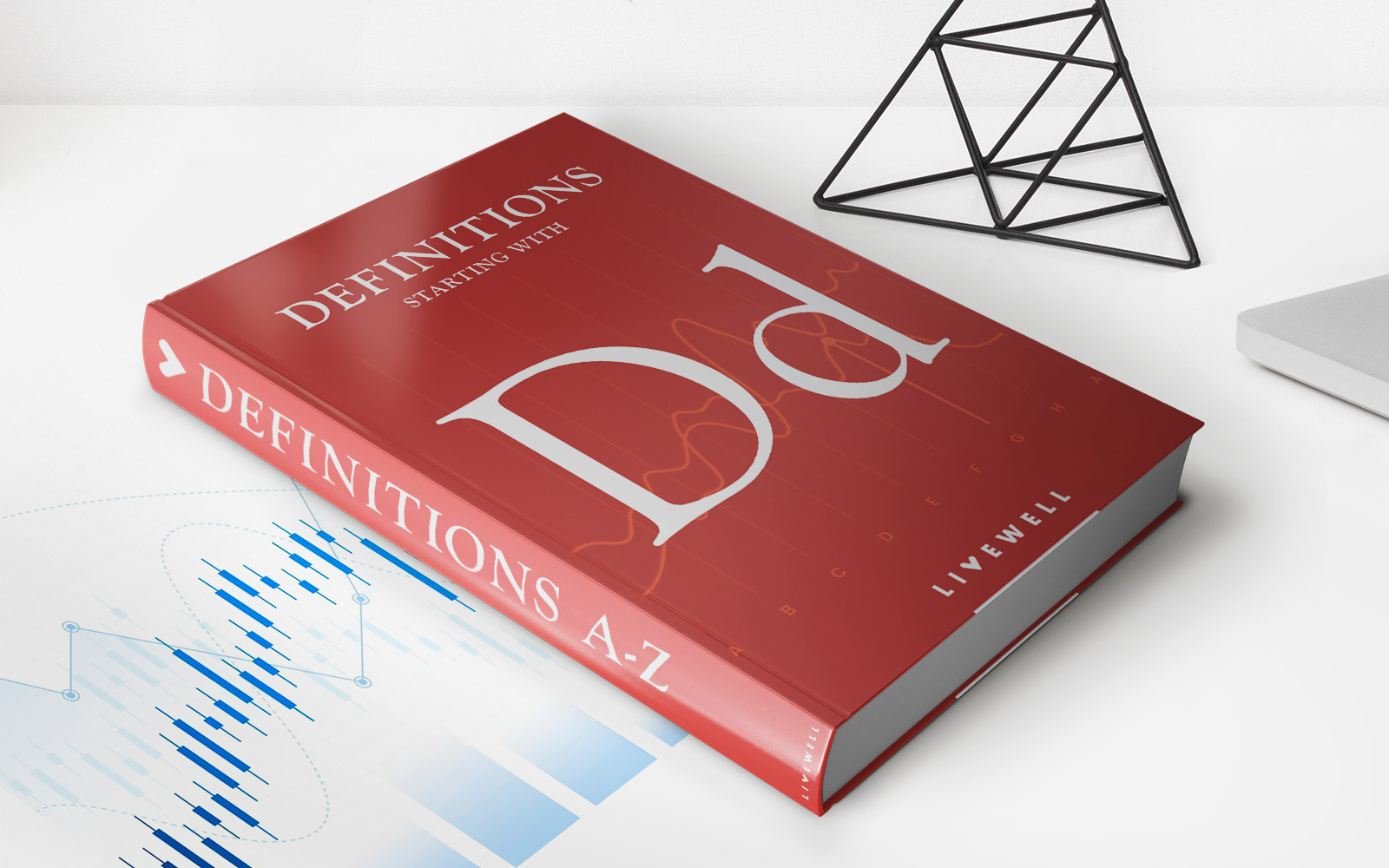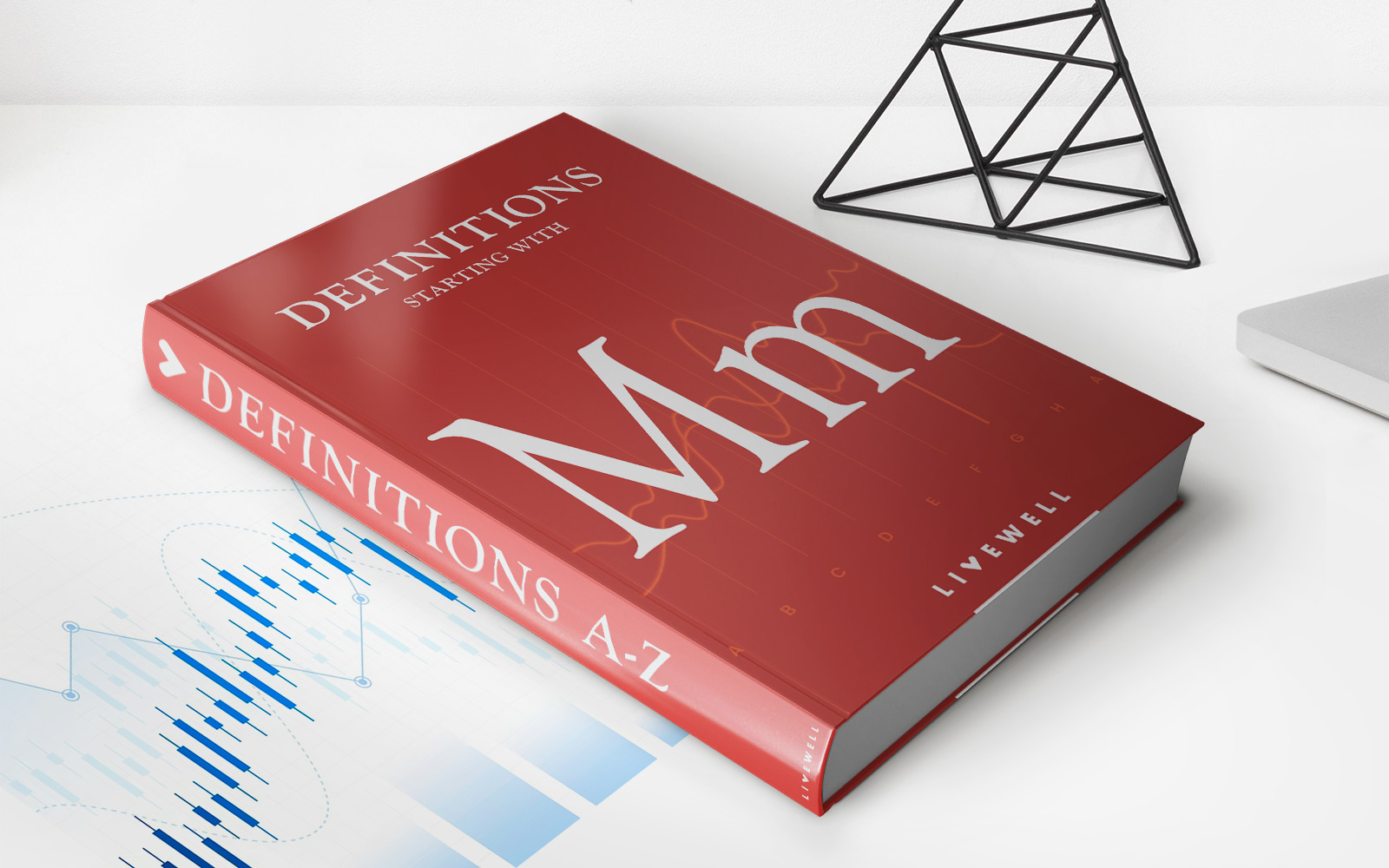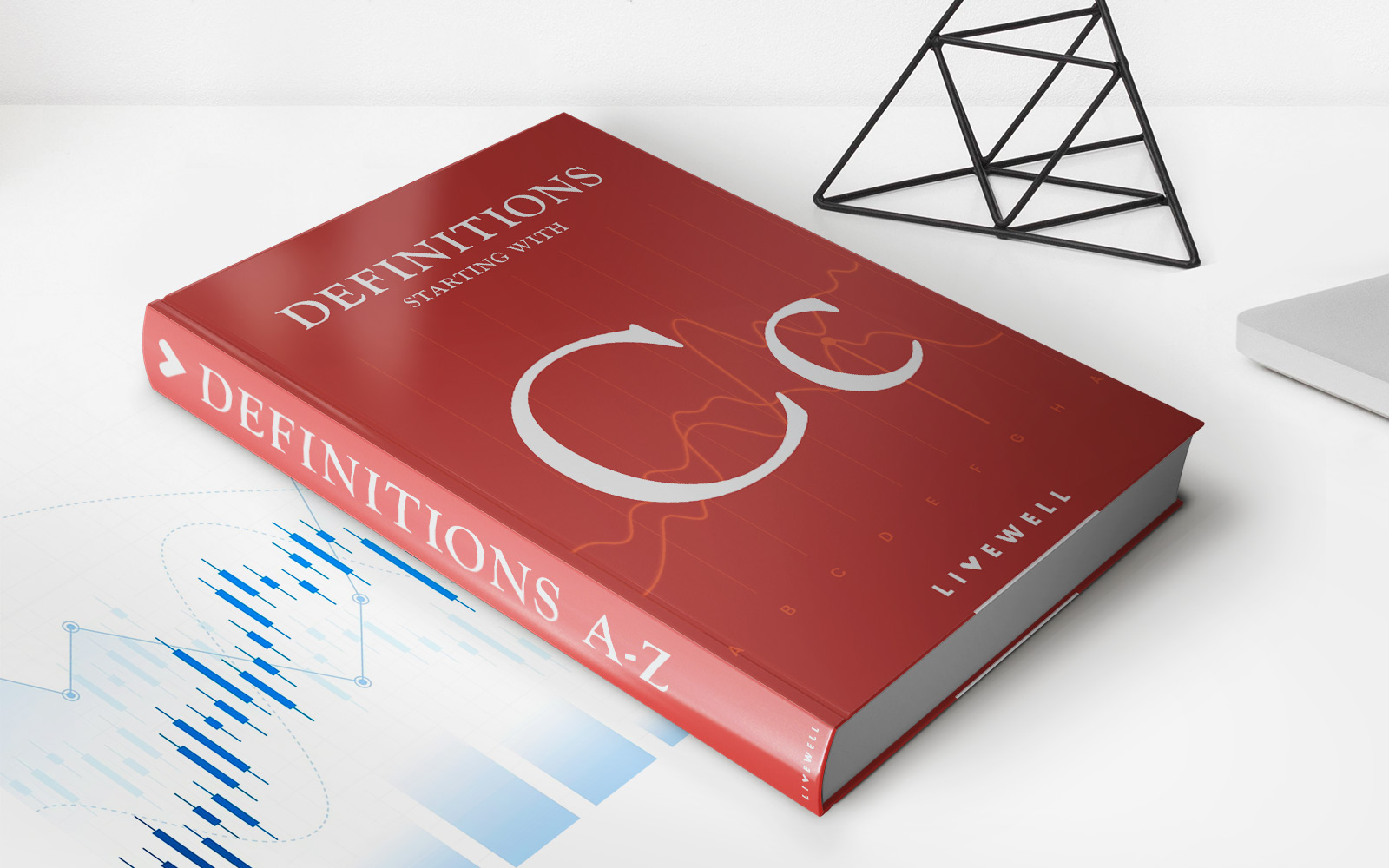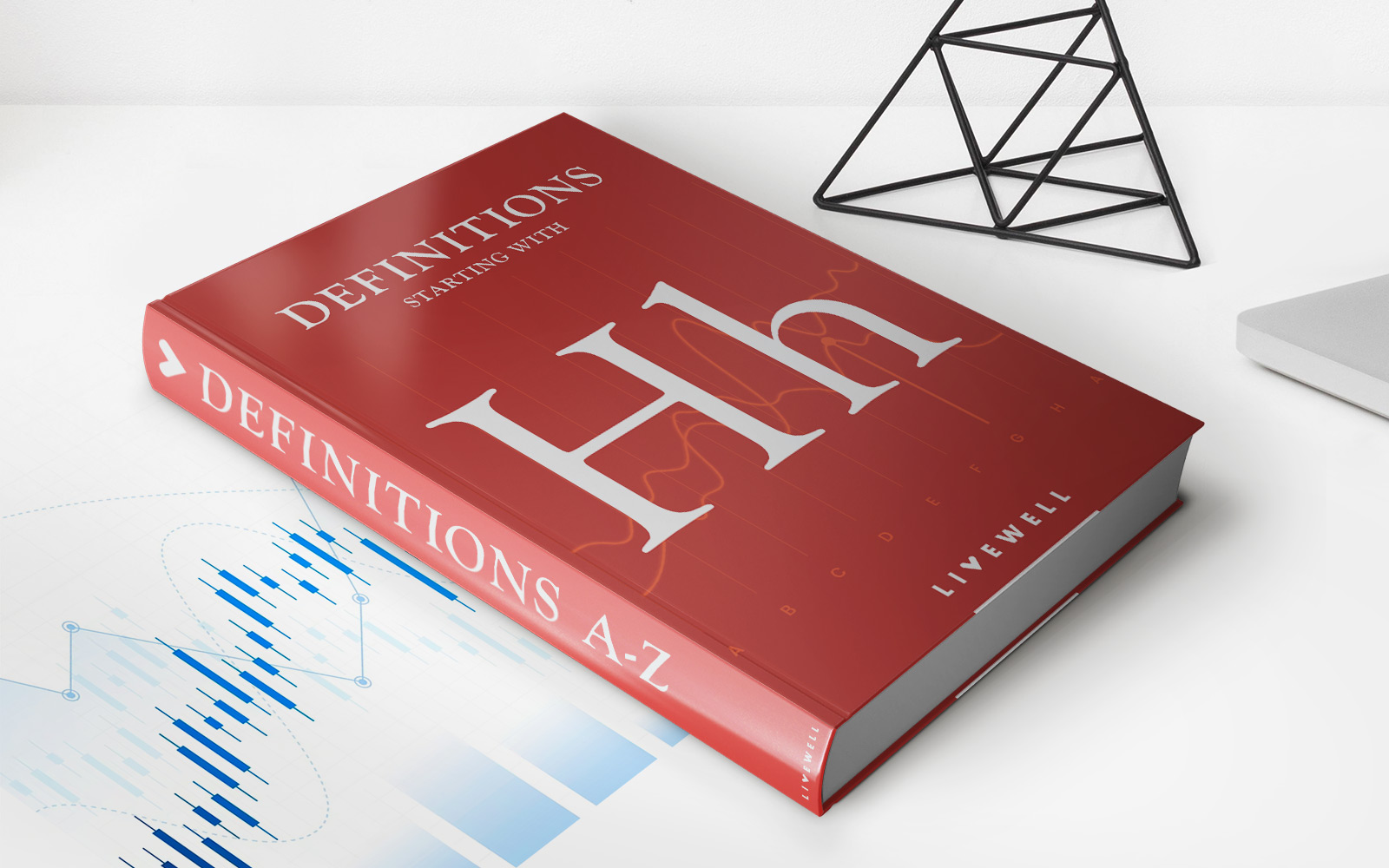Home>Finance>Quantity Theory Of Money: Definition, Formula, And Example
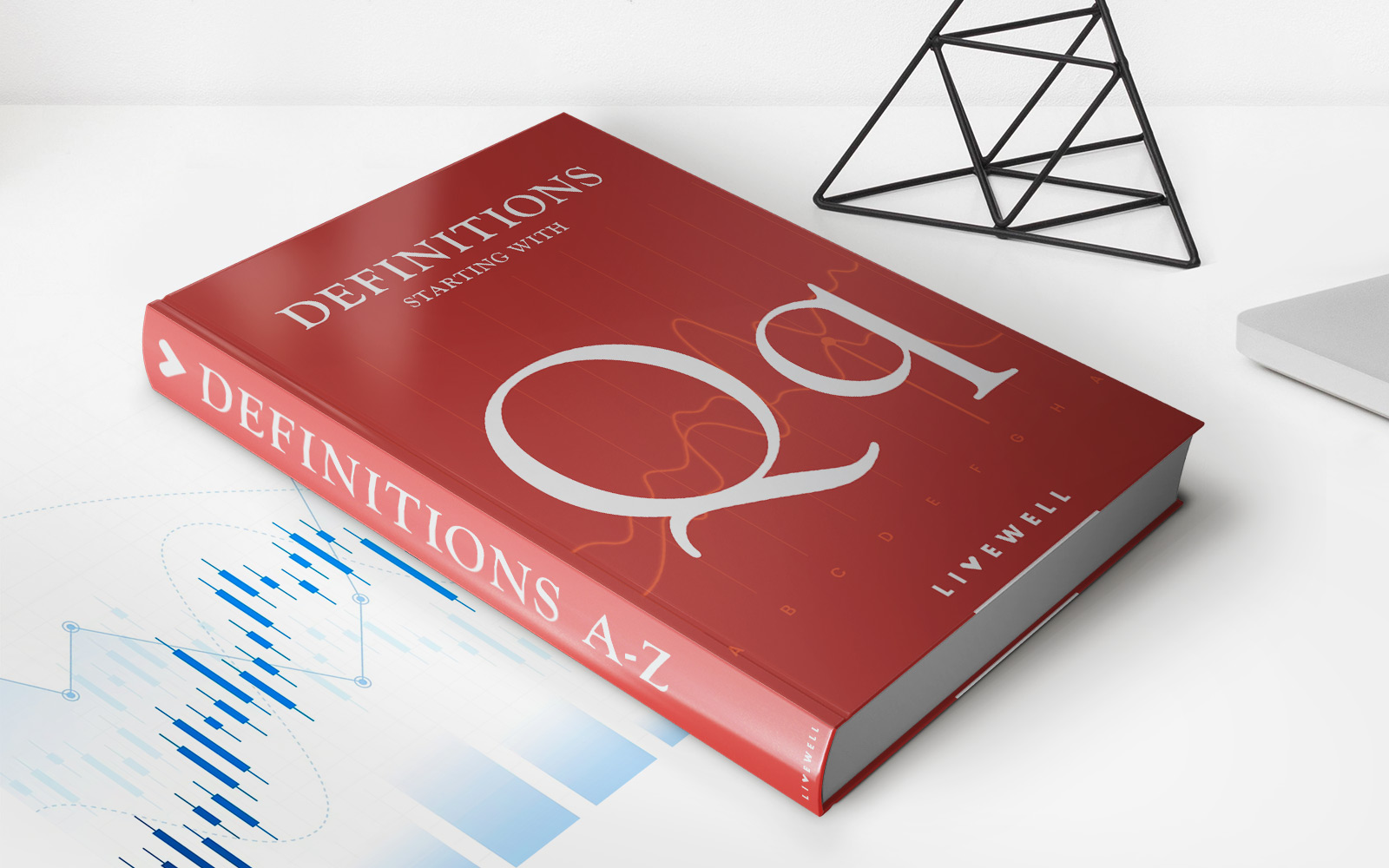

Finance
Quantity Theory Of Money: Definition, Formula, And Example
Published: January 15, 2024
Learn the definition, formula, and example of the Quantity Theory of Money in finance. Gain insights into the relationship between money supply and inflation.
(Many of the links in this article redirect to a specific reviewed product. Your purchase of these products through affiliate links helps to generate commission for LiveWell, at no extra cost. Learn more)
Quantity Theory of Money: Definition, Formula, and Example
Welcome to the Finance section of our blog! In this article, we will delve into the fascinating concept of the Quantity Theory of Money. Have you ever wondered about the relationship between money supply, inflation, and economic growth? If so, you’re in the right place! We’ll explore what the Quantity Theory of Money is, its formula, and provide an example to help you grasp the concept. So, let’s dive right in!
Key Takeaways:
- The Quantity Theory of Money analyzes the relationship between the money supply in an economy, the velocity of money circulation, the price level, and economic output.
- It proposes that an increase in the money supply, when the velocity of money and economic output are relatively stable, will result in a proportional increase in prices.
Defining the Quantity Theory of Money
The Quantity Theory of Money is an economic theory that proposes a direct relationship between the amount of money in circulation (M), the velocity of money (V), the price level (P), and the level of economic output (Y). Formally expressed as the equation MV = PY, this theory suggests that changes in the money supply have a direct impact on the price level and overall economic activity within an economy. So, why is this theory significant, and how does it work?
The Formula: MV = PY
The Quantity Theory of Money can be best understood through its formula: MV = PY, where:
- M represents the money supply
- V stands for the velocity of money (the number of times money circulates within the economy in a given period)
- P represents the price level
- Y represents the level of real economic output (GDP)
According to the Quantity Theory of Money, any changes in M, V, or Y will have an impact on the price level. Let’s take a closer look at an example to better understand this theory in action.
An Example to Illustrate the Theory
Imagine a hypothetical economy where the money supply is $1,000, the velocity of money is 10, the price level is 2, and the level of economic output is $5,000. By applying the Quantity Theory equation (MV = PY), we can calculate the expected outcome:
$1,000 (M) x 10 (V) = 2 (P) x $5,000 (Y)
In this example, the equation shows that the expected outcome of the theory holds true. The total money spent or the product of (MV) is equal to the total value of goods and services produced or the product of (PY), thereby establishing the relationship.
In Conclusion
The Quantity Theory of Money provides an insightful framework for understanding the relationship between the money supply, price level, and economic activity. By recognizing how changes in these variables can impact an economy, policymakers, economists, and investors can make better-informed decisions. Remember, an increase in the money supply, coupled with relatively stable velocity and economic output, will generally result in inflationary pressure.
We hope this article helped you grasp the concept of the Quantity Theory of Money. If you have any further questions or would like to explore more finance-related topics, feel free to browse our other articles in the Finance section. Stay tuned for more insights and keep expanding your financial knowledge!
